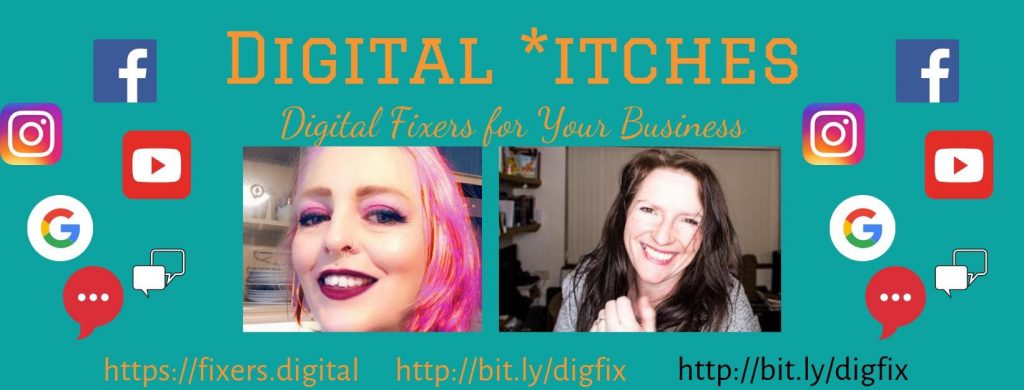Some of the links on this page are affiliate links, which means we get a small commission if you use them, at no extra cost to you.
How To make A Website 2019
Over in our Digital *itches group on Facebook, we’ve been working really hard to help a lot of business owners to create websites for their businesses. Making a website for your business is one of the smartest things you can do, and honestly it can be easy and fun.
Here we’re going to show you how to make a website yourself easily and cheaply.
Some FAQs on making your own website that we get in our group all the time…
Is it easy to make a website? Yes, it can be relatively easy to create a website either for your business or for yourself. The key is to just start. You need to choose the right platform and one that should fit with your technical know-how and goals.
What’s the best platform for making your own website? Generally, we recommend wordpress.org (with something like Elementor) for service-based businesses, or Shopify for product-based business, because those are the platforms that we have the most experience with and can guide our clients on. Squarespace also has some excellent reviews and there are plenty out there to take a look at.
Can you make a website for free? Yes and no. You can make a website for free using something like wordpress.com or wix. HOWEVER – you often get what you pay for, and it is true in this case. A free website has very limited features – your own website name, branding etc – all of that will be limited. For a small startup cost (literally about £60), you can start your own site right.
How much should I pay for someone to make me a website? Most well-regarded website developers will charge at least £600+ for a basic 5 page site. You could definitely ask around, and sometimes students will be willing to help you for a lower rate. Bear in mind that often when someone designs a website for you, you may be left with little to no information on how to change or update it. We always recommend learning how to change and update your own business website, even if you don’t make it yourself.
Can I make a free website to earn money? Potentially, but as a savvy business owner, you know that you need to speculate to accumulate, so I’d at least invest in a domain name to look more professional!

- Choose and purchase your domain name. This is the name of your website and ideally should give an idea of what your business is. A good place to find available domains is google, and remember there are now hundreds of alternatives to ‘.com’ and ‘.org’.
- Choose a platform. This can be something like wordpress, shopify, magento… you’ve probably heard of these. WordPress is great for service based websites, and shopify is highly recommended for product based business. If you go with shopify, you can skip the next step!
- Purchase your hosting. This is where your website will ‘live’ and where your files will be stored online. We highly recommend siteground, and if you have a shopify website then all of the hosting is included.
- Choose a theme. Both wordpress and shopify have ‘themes’ that you can install and customise. We have a quick video below which shows me doing this on a new website.
- Create your pages. In addition to your front page (your home page), you will also need; an about me page; a products page; a contact page; a blog.
- Ensure consistency of colours and fonts. This is really important – it’s not just about your brand identity, but also about your professionalism and reliability. Imagine if this post was written in all kinds of funky fonts and random colours – it may look eye-catching, but actually it will detract from your message
- Create content. You do not have be a slave to creating content, but you do need to look at it from this point of view; what problem do you solve for your audience? If someone you vaguely knew put out a social media post that said ‘buy my new pen’, it would get crickets… BUT if that person solved a problem with the same post (or maybe several posts beforehand), then they’re going to get attention. Be mindful with your content.
- What to put on each page: Home – a very brief overview of your business. About Me – actually, it’s about them – the problem you solve and how you serve your ideal client. Products – again, what problems do they address? Contact – always a good idea to show people your face, your business and how to get in touch with you.


